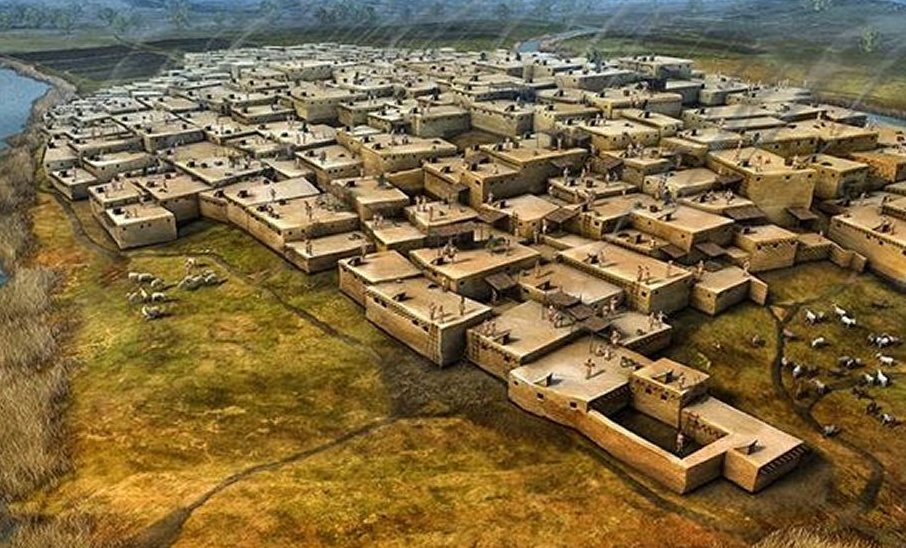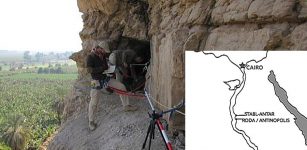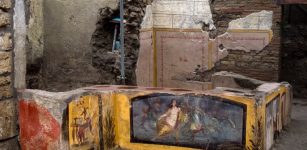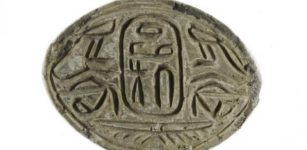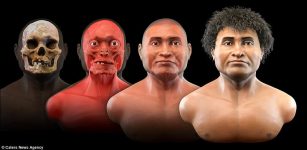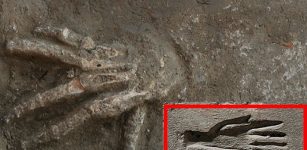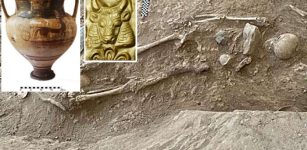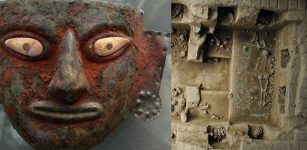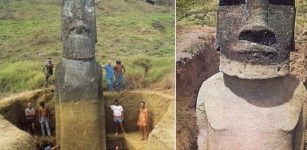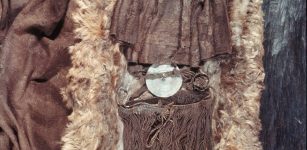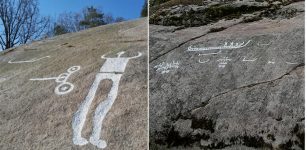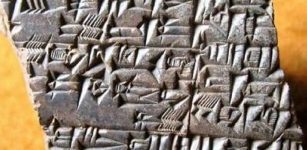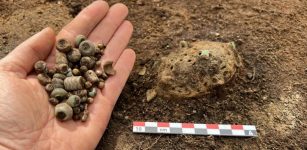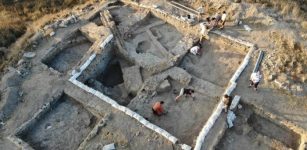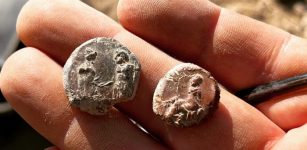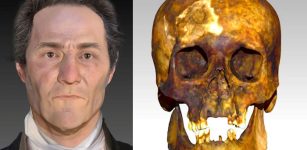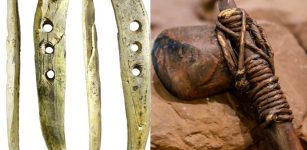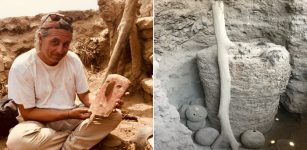DNA Studies Of Inhabitants Of Prehistoric Çatalhöyük – One Of The Oldest Cities
Conny Waters - AncientPages.com - An international team of geneticists led by Maciej Chyleński of Adam Mickiewicz University in Poznań, Poland made attempts to study the genetic material of some of the human remains discovered in the prehistoric settlement in Çatalhöyük, Turkey.
Researchers focused on the remains of nearly 40 people found under the floors of 4 houses in the settlement.
The social structure of the inhabitants of one of the oldest cities in the world, Çatalhöyük in Turkey, was more complex than scientists assumed, reports Science in Poland.
Çatalhöyük, an archaeological site in central Turkey, was inhabited for almost 1200 years between 7100 and 5950 BC. It is estimated that in the period of the greatest prosperity, the densely built settlement with an area of several dozen hectares had approx. 6 thousand residents. An interesting fact is that the dead were buried under the floors of houses.
"For now, we know that the dead buried under the same house were not related in the maternal line. For example, in the case of children found under the floors, the women buried next to them were not their mothers. We do not know if they were related in any other way" - Chyleński says.
See also:
Fascinating Neolithic Society Based On Equality – Catalhoyuk, Turkey
According to Chyleński, the genetic material is unfortunately poorly preserved, which is why its examination is not an easy task, therefore, further attempts to obtain nuclear genomes in the near future.
"However, the mitochondrial genomes, in combination with the results obtained by anthropologists working at the site, suggest that the social structure of Çatalhöyük was more complex than one would expect and biological kinship it could have a secondary role in it," Chyleński – said.
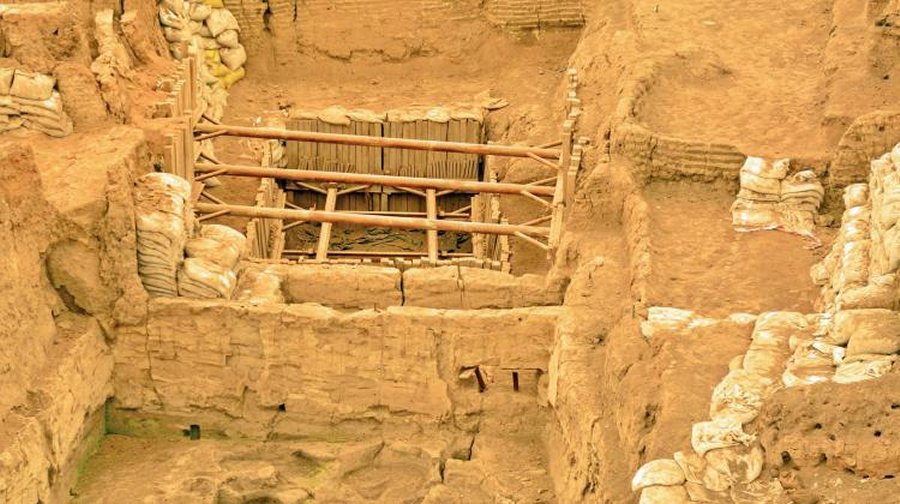 Çatalhöyük . Photo: Fotolia (via Science in Poland)
Çatalhöyük . Photo: Fotolia (via Science in Poland)
Thus, as a result of the genome analysis, numerous previous archaeological speculations have been disproved - the inhabitants of one house probably did not belong to one family.
Geneticists also found that the inhabitants of the prehistoric city were genetically closely related to the peoples of the Sea of Marmara. This area played an important role in the spread of agriculture and animal breeding in Europe, called the Neolithic Revolution.
"The time of the beginning of the Neolithic in both regions and similarities in material culture may indicate that populations from Central Anatolia, or groups closely related to them, participated in the Neolithic Revolution in the Marmara Sea region" - Chyleński says.
Çatalhöyük is one of the most famous archaeological sites in the world.
It became famous due to the characteristic buildings consisting of houses built of mud brick. Their walls adhered directly to each other, and the entries were at the roof level. The interiors of some of the houses were richly decorated with paintings, among other things.
Written by Conny Waters – AncientPages.com Staff Writer

